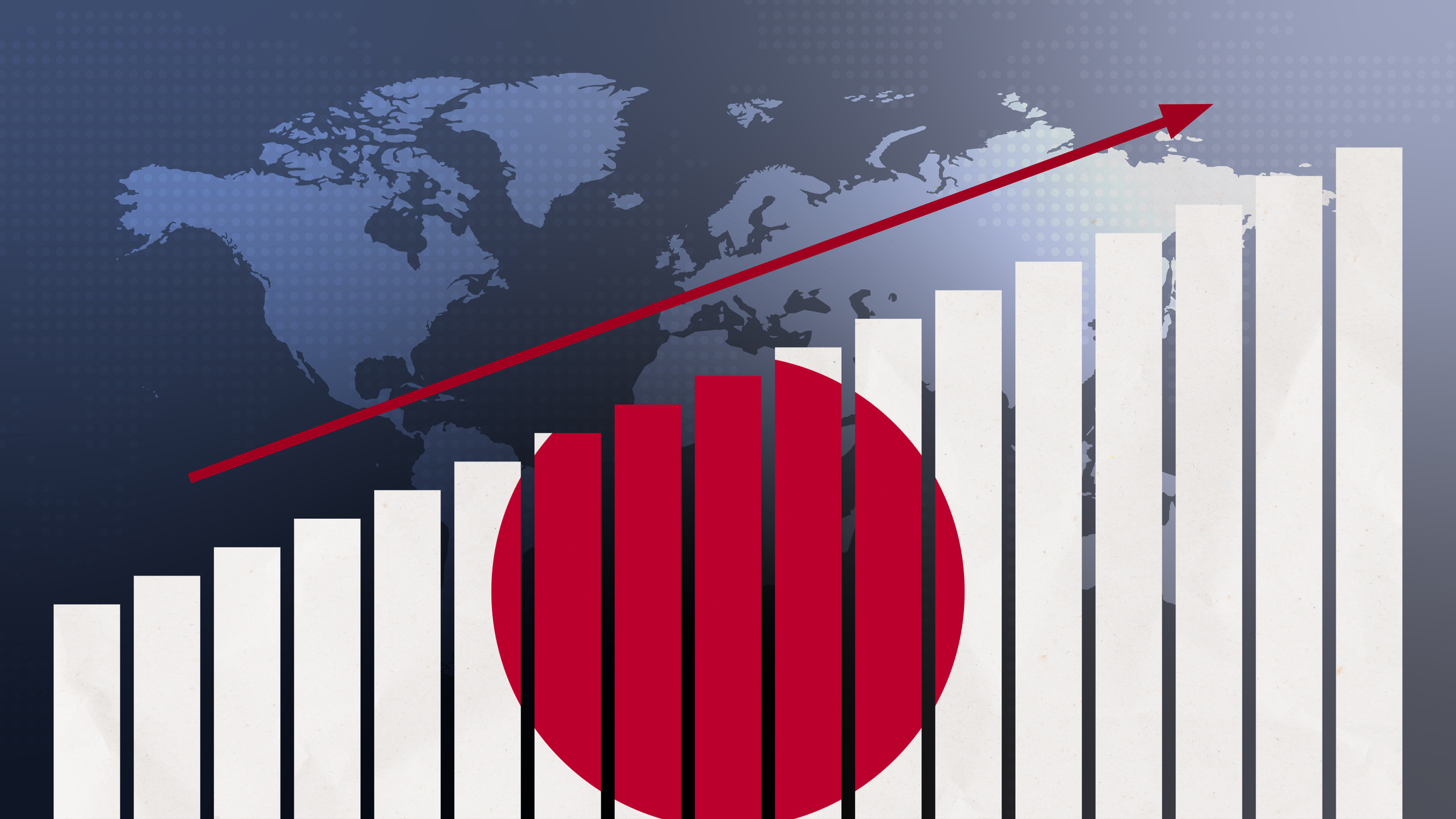Tough Times Ahead for Junk Bond Issuers
It’s not just Uncle Sam’s enormous debt that will cause problems down the road.

A squeeze on junk bonds is likely to put some companies out of business in coming years. Odds are they won’t be able to refinance maturing speculative grade debt.
Right now, it’s not a particular worry. Call this the calm before the storm. Investors are buying issues of junk bonds, and the share of companies defaulting on their debt payments will be only around 4% by the end of this year. That’s well below the recent peak of 14%. Today’s low interest rates and moderate economic growth are promoting stability in the credit markets.
It helps, too, that total junk bond debt maturing this year is a manageable amount -- around $50 billion. But the amount will rise sharply in coming years, to $400 billion in 2014 alone. In contrast, total investment grade debt maturing will peak at roughly $200 billion in 2013 -- and decline to about $150 billion in 2014.

Sign up for Kiplinger’s Free E-Newsletters
Profit and prosper with the best of expert advice on investing, taxes, retirement, personal finance and more - straight to your e-mail.
Profit and prosper with the best of expert advice - straight to your e-mail.
About 71% of debt maturing in 2014 was sold in leveraged buyouts in 2007. That was before panic swept through the financial markets and before the recession began. Bank lending was strong, and a secondary market for securitized debt was thriving. The situation today is nearly the polar opposite: Banks are reluctant to lend, demanding much tougher terms. They’re building up capital. And the market for securitized debt is stagnant.
With economic growth likely to remain modest, many of the companies that borrowed in the easy credit days won’t have enough cash to refinance. John Bilardello, head of global corporate ratings at Standard & Poor’s, says: “The message for investors is don’t be complacent. Be aware.” The greatest risks, adds Bilardello, reside in five sectors: media and entertainment (including hotels and casinos), telecommunications, health care, technology and consumer oriented firms, such as retailers and restaurants.
The cost of borrowing for low rated firms is already on the rise as investors sense the potential for trouble ahead. The spread between junk bonds and safe 10-year Treasuries is widening. It surged to seven percentage points in early July, up from a two-year low of 5.5 percentage points just a few months earlier, in April, when most economists and investors expected that the economy would be growing more vigorously by now.
What’s more, year after year of large federal budget deficits will add to the pressure on companies seeking to refinance. As Uncle Sam competes for investment dollars, interest rates will climb.
Get Kiplinger Today newsletter — free
Profit and prosper with the best of Kiplinger's advice on investing, taxes, retirement, personal finance and much more. Delivered daily. Enter your email in the box and click Sign Me Up.

-
 Stock Market Today: Great Power Affairs Mesmerize Markets
Stock Market Today: Great Power Affairs Mesmerize MarketsThe U.S. and China are at least talking about talking about tariffs, and investors, traders and speculators are showing a little less fear.
By David Dittman
-
 Is Walmart Plus Worth It?
Is Walmart Plus Worth It?There are tons of exciting Walmart Plus benefits – but are they worth the $98 annual fee?
By Rachael Green
-
 The Economic Impact of the US-China Trade War
The Economic Impact of the US-China Trade WarThe Letter The US-China trade war will impact US consumers and business. The decoupling process could be messy.
By David Payne
-
 What DOGE is Doing Now
What DOGE is Doing NowThe Kiplinger Letter As Musk's DOGE pursues its ambitious agenda, uncertainty and legal challenges are mounting — causing frustration for Trump.
By Matthew Housiaux
-
 A Move Away From Free Trade
A Move Away From Free TradeThe Letter President Trump says long-term gain will be worth short-term pain, but the pain could be significant this year.
By David Payne
-
 Trump’s Whirlwind Month of Crypto Moves
Trump’s Whirlwind Month of Crypto MovesThe Kiplinger Letter The Trump administration wants to strengthen U.S. leadership in the cryptocurrency industry by providing regulatory clarity.
By Rodrigo Sermeño
-
 What Could Derail the Economy This Year?
What Could Derail the Economy This Year?The Letter While the outlook for the U.S. economy is mostly favorable, there are plenty of risks that bear watching.
By David Payne
-
 Three Ways President Trump Could Impact the Economy
Three Ways President Trump Could Impact the EconomyThe Letter Some of Trump's top priorities could boost economic growth, but others risk fueling inflation.
By David Payne
-
 Europe Faces Economic and Political Headwinds Next Year
Europe Faces Economic and Political Headwinds Next YearThe Letter Challenges for Europe: Potential tariffs, high energy prices and more competition from China will weigh on the bloc in 2025.
By Rodrigo Sermeño
-
 Don't Sleep on Japan's Economic Transformation
Don't Sleep on Japan's Economic TransformationThe Letter After almost three lost decades, Japan — one of the world's biggest economies — is finally showing signs of life.
By Rodrigo Sermeño